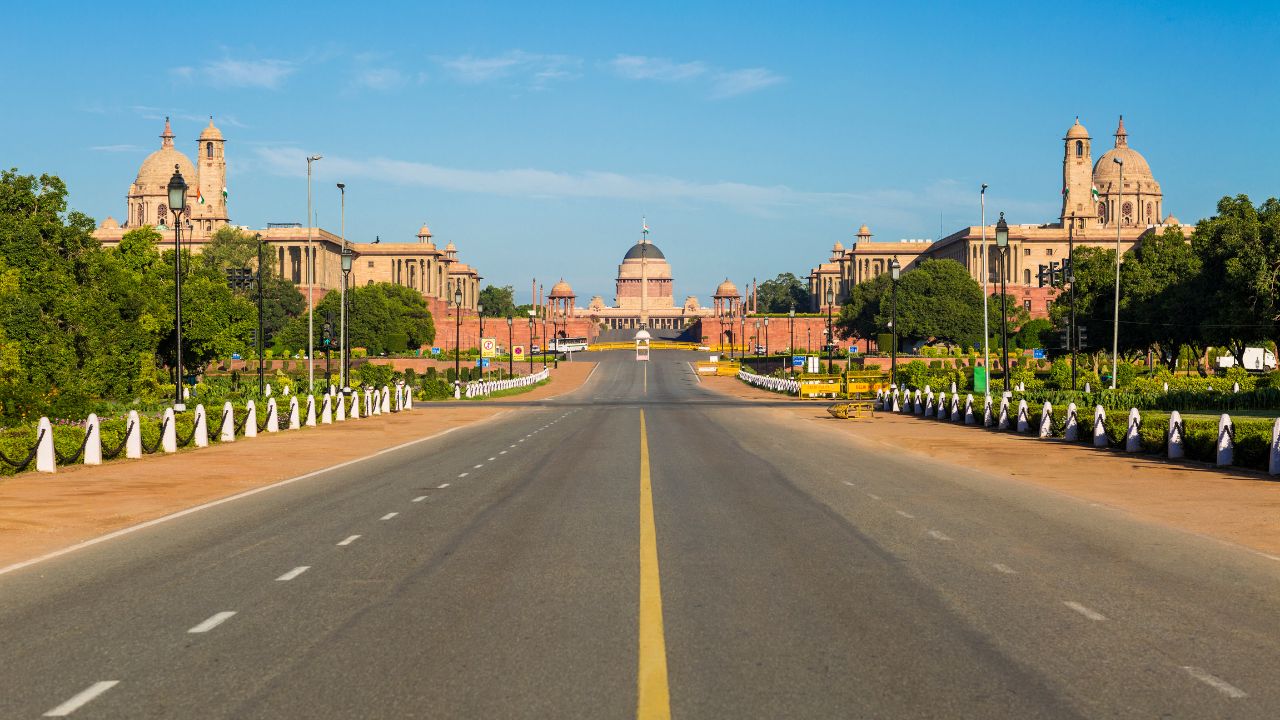Table of Contents
Author: Pankaj Chowdhury
Reviewer & Editor: Sahil Shekh
Background
The 2024 Lok Sabha election marked a pivotal moment in India’s democratic journey. With fervour and anticipation, millions of voters across the nation will cast their ballots to determine the future course of the country. Against the backdrop of significant political, economic, and social challenges, this election will serve as a platform for citizens to voice their aspirations and concerns. To analyze the performance of the Bharatiya Janata Party (BJP) and the Indian National Congress (INC) in the last 10 Lok Sabha elections, two main indicators will be used in this study: the number of seats won and the vote share percentage.
Seats Won: This refers to the total number of constituencies where the party’s candidates won. The Lok Sabha has 543 seats, and winning a majority of these (at least 272 seats) is typically necessary to form a government.
Vote Share: This refers to the percentage of total votes cast that were in favour of the party’s candidates across all constituencies. A higher vote share indicates broader support among the electorate, though it does not always directly translate into a higher number of seats won due to the first-past-the-post electoral system used in India.
The Lok Sabha, or House of the People, is the lower house of India’s bicameral Parliament. Members of the Lok Sabha are directly elected by the people of India, and general elections are held every five years. The performance of political parties in these elections is crucial in determining the governing party or coalition.
Two major political parties, BJP and INC engaged in intense campaigning, presenting their visions and policies to the electorate. Issues such as economic recovery, healthcare reform, national security, and environmental sustainability dominated the discourse, reflecting the diverse priorities of the Indian populace.
BJP vs INC
The Bharatiya Janata Party (BJP), led by Prime Minister Narendra Modi, sought to build upon its previous electoral successes and continue its agenda of development, nationalism, and Hindutva ideology. Highlighting achievements such as economic reforms, infrastructure development, and national security measures, the BJP campaigned vigorously to retain power and secure a renewed mandate.
The Indian National Congress (INC), under the leadership of its president Mallikarjun Kharge and Rahul Gandhi, aimed to stage a comeback after consecutive electoral setbacks. Emphasizing issues such as unemployment, agrarian distress, and social welfare, the Congress party presented itself as an alternative to the ruling BJP, promising inclusive governance and progressive policies.
Vote Share: BJP vs INC
Fig: 1
In 1984, the Bharatiya Janata Party (BJP) garnered a modest vote share of 7.7%, while the Indian National Congress (INC) commanded a dominant 49.1% share of the vote. However, a significant shift occurred in the subsequent years. By 1988, the INC experienced a rapid decline in its vote share, coinciding with a sharp ascent in support for the BJP. This trend continued into the late 1990s and early 2000s, with the INC maintaining a relatively steady vote share between 27% to 29%, surpassing the BJP during this period.
The political landscape underwent a seismic transformation thereafter. The BJP’s fortunes surged, culminating in historic victories. In 2014, the party achieved its highest-ever vote share at 31%, followed by a remarkable escalation to 37.4% in the 2019 elections. Concurrently, the INC witnessed a precipitous decline in its electoral support, plummeting to around 20% during the same period.
Throughout the last ten Lok Sabha elections, the BJP’s vote share experienced an unprecedented surge, registering an approximately 30% increase. Conversely, the INC suffered a corresponding decline, with its vote share diminishing by nearly 30%. This divergence underscores a profound realignment in Indian politics, marked by the BJP’s ascendancy and the INC’s diminishing influence on the electoral landscape (fig: 1).
Seats Won: BJP vs INC
Fig: 2
In the electoral aftermath of 1984, the Bharatiya Janata Party (BJP) secured a mere 2 seats, while the Indian National Congress (INC) dominated with an overwhelming 404 seats. However, the political landscape underwent a significant transformation thereafter. By the subsequent election cycle, the INC experienced a notable decline, securing only 197 seats, while the BJP began to make inroads, increasing its tally to 85 seats in 1989.
In a watershed moment in 1996, the BJP surpassed the INC in seat count for the first time, setting the stage for a shifting dynamic in Indian politics. Over the ensuing years until 2004, the INC witnessed a gradual erosion in its parliamentary presence, while the BJP’s performance surged.
In 2009, the INC staged a modest resurgence, clinching 206 seats, compared to the BJP’s 116. However, this reversal was short-lived. The BJP embarked on a trajectory of unparalleled success, reaching its zenith with 282 seats in 2014 and a further escalation to 303 seats in 2019. Concurrently, the INC experienced a stark decline, securing a mere 44 and 52 seats in these respective elections (fig: 2).
The BJP’s rise on India’s political landscape
The BJP saw significant growth from a marginal player in 1984 to becoming the dominant party in Indian politics by 2014 and 2019. The number of seats won and vote share both increased substantially, especially in the last two elections. The INC maintained a strong position in the 1980s and early 1990s but saw a decline in both seats won and vote share over the years. Despite a brief resurgence in 2004 and 2009, the party’s performance has been weaker compared to the BJP in the last two elections. The performance of the BJP and INC in the last 10 Lok Sabha elections reflects the dynamic nature of Indian politics, with significant shifts in voter preference and party dominance. The BJP’s rise to power and the INC’s fluctuating fortunes underscore the importance of strategic campaigning, leadership, and addressing the electorate’s evolving concerns.
Tags: Lok Sabha Elections 2024, Narendra Modi, Lok Sabha Election, Lok Sabha Election Results 2024, Rahul Gandhi

